Directions: Mix 6.5G (1 Scoop) in 6 – 8 ounces of cold beverage. It will take a few minutes for all the powder to dissolve in the beverage. Best taken pre/post-workout or between meals.
Warning: Consult with a physician prior to use if you have any medical conditions. Do not use if pregnant or lactating.

* These statements have not been evaluated by the Food and Drug Administration. This product is not intended to diagnose, treat, cure or prevent any disease.
| Formula Purposes & Benefits |
| HangTime BCAA Lemon Lime is synthesized to improve exercise performance, increase muscle protein synthesis, prevent muscle tissue breakdown, support immunity, gut health, and recovery. Our product is formulated with optimal ratios of branch chain amino acids.
HangTime is synthesized utilizing the latest scientific research and formulated with optimal ratios of branch chain amino acids to produce world class results.
Our formula is third party independently tested for heavy metals, impurities, made in the USA, GMP certified, and produced in an FDA registered facility. 1% of the supplements on the market can match our world class standards.
|
| Formula Ingredient Deck | Benefits Of Each Ingredient |
| Vitamin B6 pyridoxal 5′-phosphate (PLP) | ● Serves as a cofactor in more than 150 enzymatic reactions associated in blood sugar regulation, immunity, cardiovascular function, neuronal health, metabolic, and digestive health (38, 40).
● Reduces plasma glucose (blood sugar levels) via by inhibiting the activity of small-intestinal α-glucosidases (enzymes associated with glucose metabolism) (39).
● Functions as an antioxidant by counteracting the formation of reactive oxygen species (inflammatory markers) and advanced glycation end-products (38,40).
● May support blood sugar regulation in women with gestational diabetes (40). ● cofactor for enzymes involved in DNA metabolism (40).
|
| BCAA 2:1 (Leucine, Valine, Isoleucine) | ● Improve exercise performance, increase muscle protein synthesis, prevent muscle tissue breakdown, supports immunity, gut health, lipid metabolism, and recovery (41,42).
● Leucine stimulates muscle protein synthesis (muscle growth) via stimulation of the mTORC1 pathway (a genetic pathway for cell growth) even in a caloric deficit (41).
● Suppresses muscle degradative pathway (muscle tissue break down) during times of catabolism and caloric deficit (41).
● Leucine stimulates muscle growth in sarcopenic elderly individuals that have increased leucine needs (41).
● Acts as a regulator to promote intestinal development, nutrient transporters, and immune-related function (42).
|
| L-Glutamine | ● The most abundant amino acid in skeletal muscle that fuels immune cells, improves exercise recovery, and optimizes the gut microbiome (18).
● Vital for lymphocyte (immune cell) proliferation (growth) and paramount in neutrophil (immune cell) destruction of bacteria (18).
● Vital for activation of genetic signals that support immune function and vitality (18).
● Glutamine is utilized by immune cells at high rates during catabolic conditions (post-surgery, sepsis, burns, and extreme exercise (18).
|
| Proper Use of This Supplement |
| Suggested Use: As a dietary supplement Mix 1/2 a scoop (6.5g) in 8 – 10 ounces of cold beverage. It will take a few minutes for all the powder to dissolve in the beverage. Best taken pre-workout, post-workout or between meals |
| Our Formula Vs Other Formulas on the Market.
|
|
| 1. Uses third-party independently tested ingredients that are made in the USA, GMP certified, and made in an FDA registered facility.
|
1. Source cheap ingredients from heavily polluted soils. Even “organic” supplements not third-party tested have been removed by FDA due to high levels of heavy metals.
|
| 2. Utilizes efficacious evidence-based dosages with optimal ratios of amino acids to support exercise performance and recovery.
|
2. Use low amounts of cheap forms of amino acids that result in poor absorption and muscle growth, recovery, and exercise performance. |
Sources:
- Cruzat, V., Macedo Rogero, M., Noel Keane, K., Curi, R., & Newsholme, P. (2018). Glutamine: Metabolism and Immune Function, Supplementation and Clinical Translation. Nutrients, 10(11), 1564. https://doi.org/10.3390/nu10111564
- Ueland, P. M., McCann, A., Midttun, Ø., & Ulvik, A. (2017). Inflammation, vitamin B6 and related pathways. Molecular aspects of medicine, 53, 10–27. https://doi.org/10.1016/j.mam.2016.08.001
- Bird R. P. (2018). The Emerging Role of Vitamin B6 in Inflammation and Carcinogenesis. Advances in food and nutrition research, 83, 151–194. https://doi.org/10.1016/bs.afnr.2017.11.004
- Mascolo, E., & Vernì, F. (2020). Vitamin B6 and Diabetes: Relationship and Molecular Mechanisms. International journal of molecular sciences, 21(10), 3669. https://doi.org/10.3390/ijms21103669
- Nie, C., He, T., Zhang, W., Zhang, G., & Ma, X. (2018). Branched Chain Amino Acids: Beyond Nutrition Metabolism. International journal of molecular sciences, 19(4), 954. https://doi.org/10.3390/ijms19040954
- Fan, P., Li, L., Rezaei, A., Eslamfam, S., Che, D., & Ma, X. (2015). Metabolites of Dietary Protein and Peptides by Intestinal Microbes and their Impacts on Gut. Current protein & peptide science, 16(7), 646–654. https://doi.org/10.2174/1389203716666150630133657


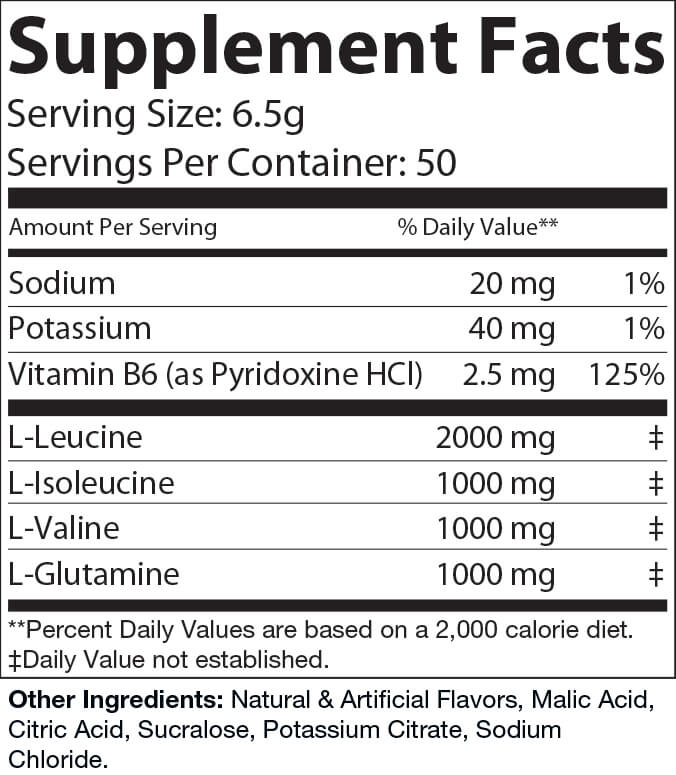
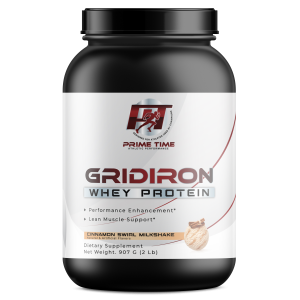
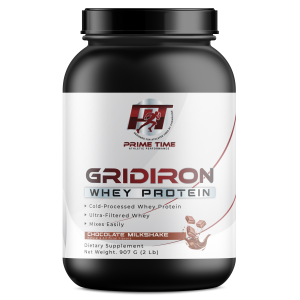
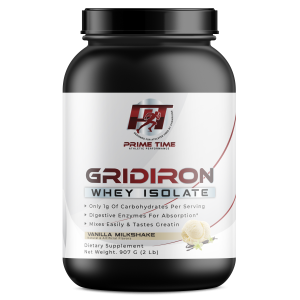
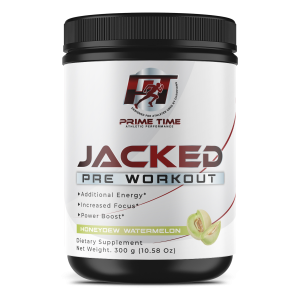
Reviews
There are no reviews yet.